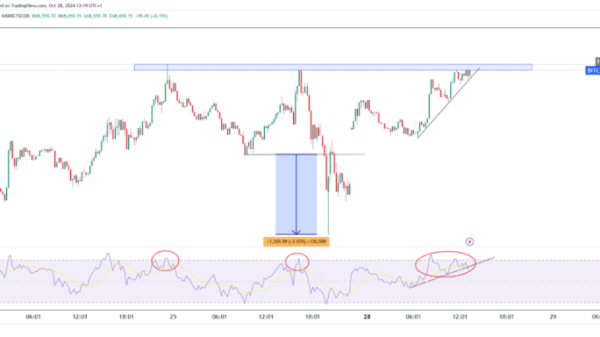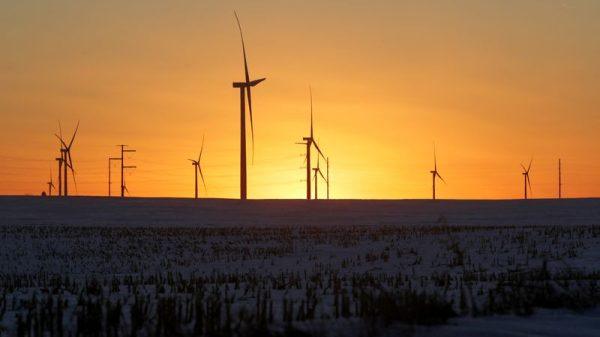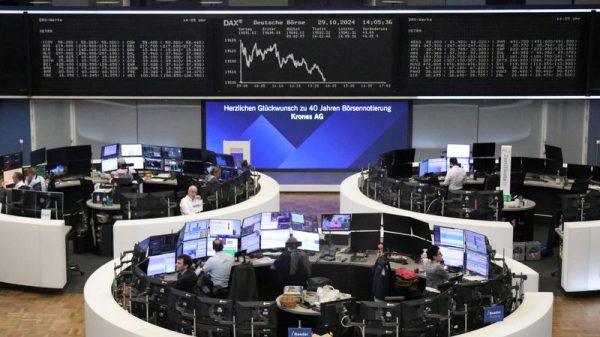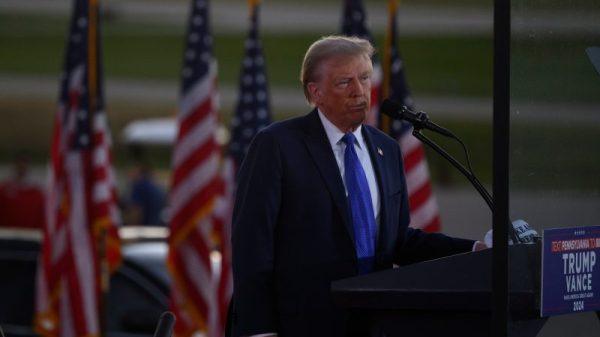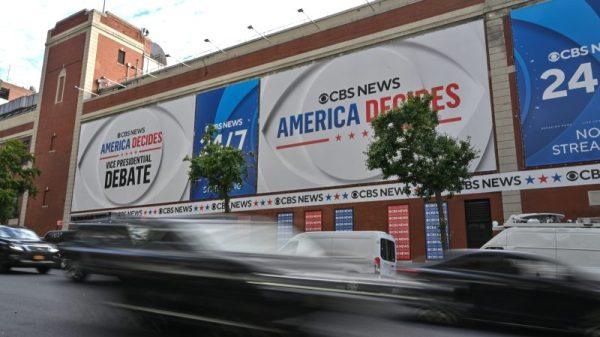By Lucia Mutikani
WASHINGTON (Reuters) – The U.S. economy likely maintained a solid pace of growth in the third quarter as subsiding inflation and strong wage gains powered consumer spending ahead of a contentious presidential election set to turn on pocketbook issues.
The Commerce Department’s advance estimate of third-quarter gross domestic product on Wednesday will be published less than a week before Americans head to the polls on Nov. 5 to choose between Vice President Kamala Harris, the Democratic Party candidate, and former President Donald Trump. Polls show the race is a toss-up.
Americans, who list the economy as a top election issue, have chafed at high food and housing costs, even as the economy has defied forecasts of a recession and continues to outperform its global peers.
Surveys of voters have consistently given the edge to Trump when asked who would be a better steward of the economy, including in the latest Reuters/IPSOS poll out on Tuesday.
The economy has, however, stayed resilient despite 5.25 percentage points of interest rate increases in 2022 and 2023 from the Federal Reserve to tame inflation.
“It looks like it’s going to be a strong finish right before the election for the U.S. economy,” said Christopher Rupkey, chief economist at FWDBONDS. “There are some cross currents out there, but the economy is certainly better off than it was four years ago, and it shows no signs of slowing down.”
GDP likely increased at a 3.0% annualized rate in the July-September period, matching the April-June quarter’s pace, a Reuters survey of economists showed. Estimates ranged from a 2.0% pace to a 3.5% rate.
The survey was concluded before data on Tuesday showed the goods trade deficit surged to a 2-1/2-year high in September, which prompted the Atlanta Fed to lower its GDP estimate for last quarter to a 2.8% rate from an earlier estimate of 3.3%.
The pace of growth would still be well above what Fed officials regard as the non-inflationary growth rate of around 1.8%. The report would add to annual revisions published last month, which indicated that the economy was much stronger than had been previously estimated.
The revisions almost erased the gap between GDP and gross domestic income (GDI), an alternative measure of growth, through the second quarter. Prior to the revision, some economists had argued that gap suggested economic activity was being overestimated.
With inflation nearing the Fed’s 2% target, the U.S. central bank is now easing policy, and last month kicked off that cycle with an unusually large half-percentage-point rate cut.
That reduction in borrowing costs, the first since 2020, lowered the Fed’s policy rate to the 4.75%-5.00% range.
Some economists viewed the economy’s resilience as a sign that monetary policy was probably not as tight as many had thought. They also attributed the continued strength to gains in worker productivity, which helped to absorb higher labor costs.
RELIEF FOR LOW INCOME HOUSEHOLDS
Though the labor market has slowed, layoffs are near historic low levels, and wages continue to rise at a solid clip. Household net worth has risen, thanks to a stock market boom and higher house prices. Savings remain high and inflation has also cooled down significantly, offering relief for households, especially lower-income families.
The personal consumption expenditures price index, excluding the volatile food and energy components – tracked closely by the Fed – is forecast to have risen at a 2.1% rate in the third quarter, sharply slowing from the 2.8% pace in the second quarter.
“As we got into the disinflation cycle, wages have been going up, so you’re seeing real wage gains,” said Brian Bethune, an economics professor at Boston College.
“That’s definitely a factor that’s keeping the economy going, the other two pieces would be house prices, which have kind of leveled off, and the stock market.”
Consumer spending, which accounts for more than two-thirds of economic activity, is estimated by a number of economists to have grown at a rate of at least 3.5%, up from the 2.8% pace notched in the second quarter.
There are, however, concerns that much of the growth is being driven by middle- and upper-income households, who have more flexibility and substitutability of consumption.
Business spending, especially on aircraft, was also seen contributing to GDP growth. Firms likely boosted investment in technology, mostly on artificial intelligence. Government spending is also expected to have added to growth.
But inventories were likely neutral, while residential investment, which includes homebuilding and sales, probably contracted for a second straight quarter. Trade was likely a drag on GDP growth for a third consecutive quarter.
Hurricanes Helene and Milton, as well as a strike at Boeing (NYSE:BA), likely had a minimal impact on GDP growth last quarter, though the effects could be greater in the October-December quarter.
Some economists believed continued economic resilience could steer the Fed to a more gradual policy easing path than it signaled last month.
“If the economy shows resilience and we just have maybe some softening in the labor market, rather than a more significant pullback, then the Fed won’t have to cut rates as much as it is projecting in its summary of economic projections,” said Conrad DeQuadros, senior economic adviser at Brean Capital. “We will have a more gradual path of rate cuts into a higher end point on the Fed funds rate than what the Fed is projecting.”

